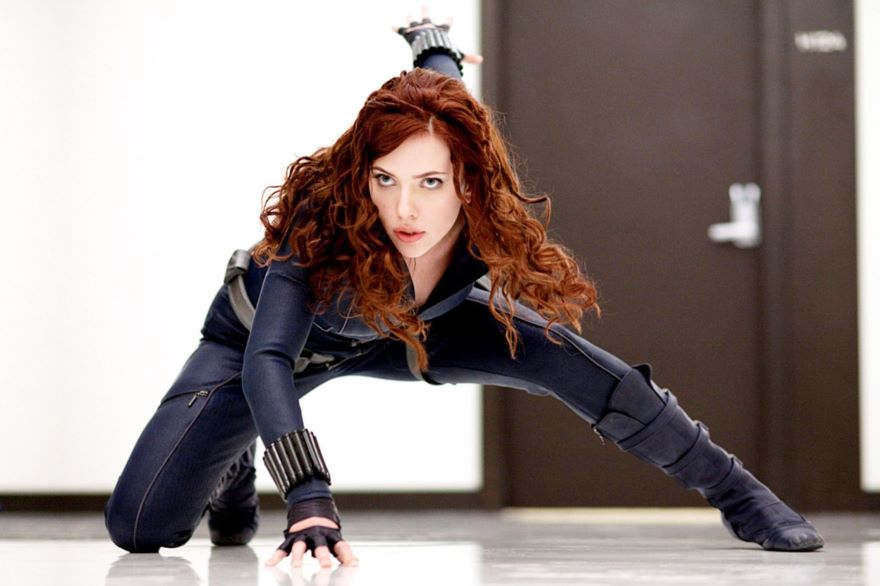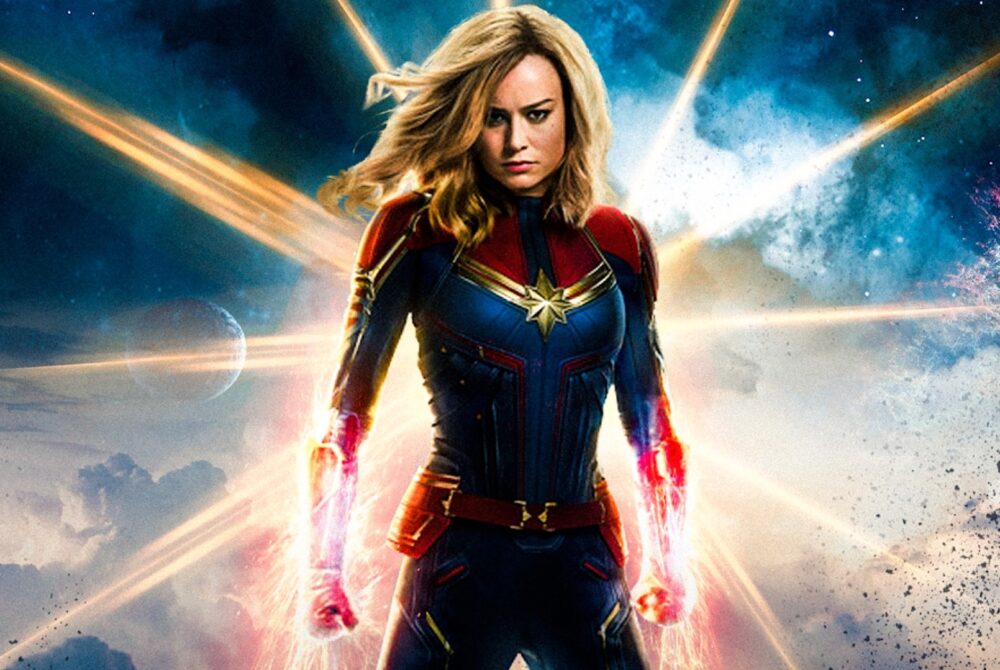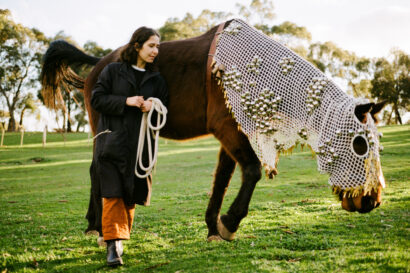The increase of lead female characters in the superhero film genre has brought welcome diversity. But Dr Jess Taylor asks why the battles against gender inequality are all set in the past?
Why are female-led superhero films stuck in the past?
15 December 2021
“You do know why they call it a cockpit, don’t you?” leers a male pilot at Carol Danvers in 2019’s Captain Marvel.
The film was the first of the Marvel Cinematic Universe (MCU) films to focus specifically on a female character. This moment epitomises the feminist themes of a series of recently released female-led films, including Wonder Woman (2017), Wonder Woman 1984 (2020) and Black Widow (2021). Spanning both the MCU and DC Extended Universe (DCEU), each of these films acknowledge, and treat seriously, the discrimination and oppression faced by women because of their gender.
The leering pilot is one of many sexist experiences depicted in Captain Marvel, where Carol is told again and again that she doesn’t belong in male-dominated spaces, such as the Air Force, a baseball field, or a go-kart track. Carol’s determination and ability to overcome this discrimination is what shapes her journey to become a superhero.
Black Widow also engages with notions of sexism, when Natasha’s sister Yelena mocks the traditional superhero “split-legged” landing that Natasha is famous for. This stance serves to emphasise the desirability of female bodies rather than offering any strategic advantage, and is not copied by male peers.
Similarly, Diana Prince (Wonder Woman) faces sexism in Man’s World during World War I, and then again in the 1980s. During Wonder Woman, Diana queries sexist expectations of women’s sexual desirability around women’s tummies needing to be “held in” by corsets.

WW84 further highlights the everyday kind of sexism that women face in public spaces, when Diana’s search for Maxwell Lord is hindered by several unnamed men who feel entitled to her time and attention, and Barbara Minerva is attacked by a drunk man while walking alone at night.
Such discrimination is depicted as repeatedly preventing, or at least delaying, women from achieving their goals and is most often understood in terms of women’s lack of access to public space without the threat of harassment or assault.
Historical settings
That these feminist perspectives are repeatedly set in the past, however, is also significant.
The historical setting depicts feminist perspectives in these films using events, fashions, technologies that are now redundant. This distinguishes the concerns of the heroes from the contemporary concerns of the audience.
Captain Marvel, for example, lands in a Blockbuster Video store when she returns to Earth in 1995, and there are several scenes that play slow technologies (such as internet and computer speeds) for laughs.
Wonder Woman, set toward the end of WWI, centres discussions of suffrage and women’s rights through Diana’s relationship with Steve Trevor’s secretary Etta Candy, and WW84’s fashions emphasise the difference between “then” and “now”.
These techniques express feminism as a perspective that was needed in a past governed by inequalities which have since been resolved.
This assumed redundance of feminism for the contemporary moment, and its repeated location in the past, is a hallmark of the postfeminist cultural context that shapes contemporary relationships between media and feminism.
Overall, the films released so far reveal a pattern of locating feminist perspectives in the past, but whether this pattern continues for upcoming productions remains to be seen.
While the presence of more female-led films is contributing to an increasing diversity within the genre, and is certainly worth celebrating, it is also important to pay attention to the place of women and feminism in popular media texts, and to consider what this tells us about both.
Read more from Dr Jess Taylor in her paper, co-authored with Dr Laura Glitsos “Having it both ways: Containing the champions of feminism in female-led origin and solo superhero films”, published open access in the journal Feminist Media Studies.
Pictured top: Brie Larson is Carol Danvers in ‘Captain Marvel’. Photo supplied
Like what you're reading? Support Seesaw.





